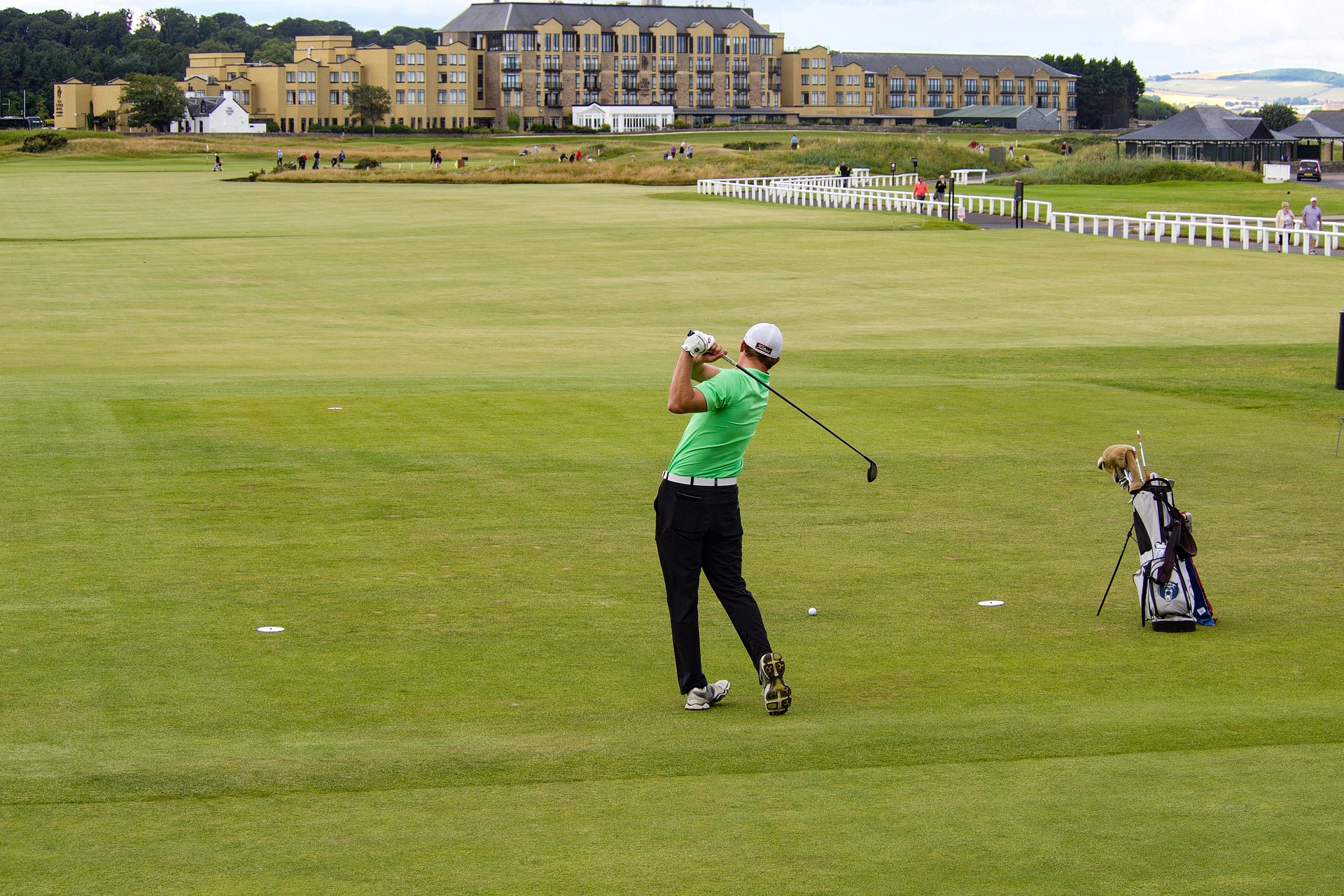If you are a beginner golfer, you will always probably be aiming to improve your golfing skills maybe through intensive training or registering for a golfing course. However, one thing most golfers usually forget is that the only way to better golf is through practice. It is almost impossible to better your golf if you play every once in a while. To significantly improve your skills, create at least two hours daily to practice on your area of weakness, and it would certainly not take long before your game gets a top-notch higher. With better-golfing skills, you undoubtedly will relish this old, exhilarating and skillful sport to even play at a competitive level. Below are four fundamentals to substantially better your golf.
Fundamental aspects of better golf to improve your game
1. Practice holding onto your club firmly:
Numerous problems including inaccurate swings and too much power are usually linked to the way a golfer holds the club. These problems can, therefore, be solved by merely improving one’s grip when holding their clubs. There are three main types of golf grip, i.e. overlapping grip, interlocking grip, and ten-finger grip also known as the baseball grip. Most golf players prefer the overlapping grip attributed to its accuracy and power. However, the ten-finger grip is usually recommended to beginner golfers as it simplifies early instructions and builds on their clubbing accuracy.
A fundamentally sound grip is crucial to better your golf since a sound grip enables you to create power and feel at the same time. The major undoing with many golfers is that they have a weak lead-hand which usually resulting in too much grip in the palm producing shot that slices and lacks power. The first step to better your golf, therefore, is to strengthen your lead-hand to enhance your grip and deliver powerful shots.
2. Correct Setup Position:
In addition to the drip, the setup position is an essential fundamental to better your golf. Your setup position significantly affects your swing, and you are more likely to better golf by focusing on the setup position. While a good setup does not guarantee success, it is essential for improving your performance substantially. In the correct setup position, your body should be positioned parallel to the target line. Your feet should be shoulder-width for the middle irons with the back foot being at right angle to the target line.
To achieve a sufficient balance, your weight should be equally distributed on the balls of the feet with the knees slightly flexed and directly over the balls of your feet. The body should be bent slightly at the hip and not the waist. A correct setup position provides you with the right balance necessary to make an accurate shot. Hampton.Golf offers expert trainers on their courses that you correct the swing, the posture and other aspects of your technical game.
3. Proper Swing:
A proper swing should have a consistent tempo along with a great balance. The key to a significant swing is to maintain your balance while using a smooth rhythm. A rushed swing will result in loss of balance and consequently an inconsistent contact and poor ball flight. When hitting the ball, hit down on it while trying not to lift the ball. A proper swing amounts to better golf.
4. Understanding the Rules of Golf:
This is not usually indicated but its actually a crucial requirement when planning to better your golf. Golf rules keep on changing and are kept, updated and published jointly by the United States Golf Association (USGA) and the Royal & Ancient Golf Club of St. Andrews(R&A). It is therefore essential to be up to date with the rules in addition to practicing golf etiquette to ensure that you better your golf.
Conclusion:
Other than consistent practicing, the other way in which you can substantially better your golf is by use of the right and advanced golf equipment. Golf is indeed a difficult yet enjoyable game that requires your dedication and constant improvement to get better in it and even play professionally.
Read Also:
























